#imperial China
Explore tagged Tumblr posts
Text
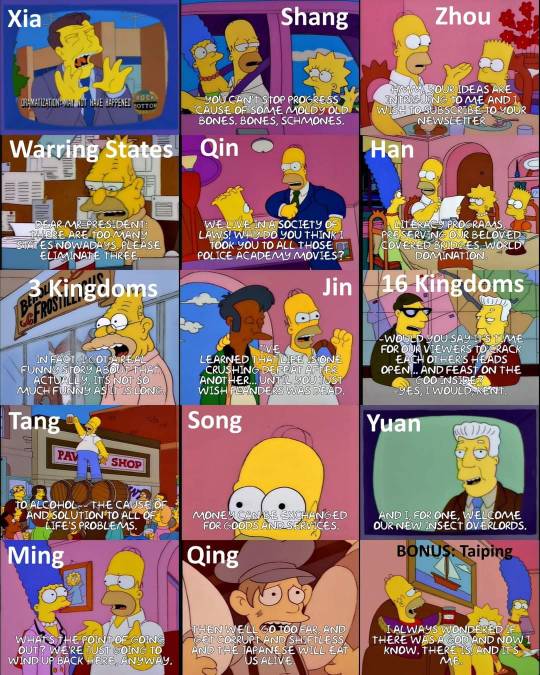
Chinese imperial dynasties as Simpsons quotes
2K notes
·
View notes
Text






Chinese dramas x Chinese history
It’s very common to see C-dramas take inspiration from actual historical paintings and artifacts from different dynasties. With many dramas adding a fantasy/fictional twist to them.
#china#chinese heritage#chinese culture#chinese#🇨🇳#han chinese#Hanfu#Chinese clothing#prc#people’s republic of china#sino#east asia#dynastic China#imperial China#Middle kingdom#Chinese artifacts#phoenix crown#diyi#fengguan xiapei#fengguan#China’s culture#China’s history#China’s heritage#Tang Dynasty#Ming dynasty#song dynasty#Tang#Ming#Song#chinese history
88 notes
·
View notes
Text

Fishing in Summer Shade, Wu Wei, 1483
#summer#summer solstice#art#art history#Wu Wei#Asian art#China#Chinese art#East Asia#East Asian art#Imperial China#Ming Dynasty#landscape#landscape painting#landscape art#genre painting#genre art#fishing#15th century art#Detroit Institute of Arts
217 notes
·
View notes
Text
[Hanfu · 漢服]Chinese Warring States period(475–221 BC) Chu (state) Hanfu Based On Chu (state) lacquer figure
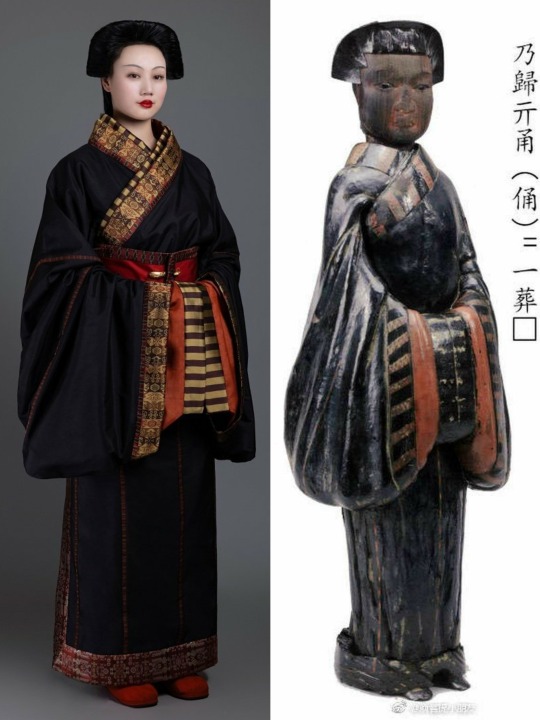

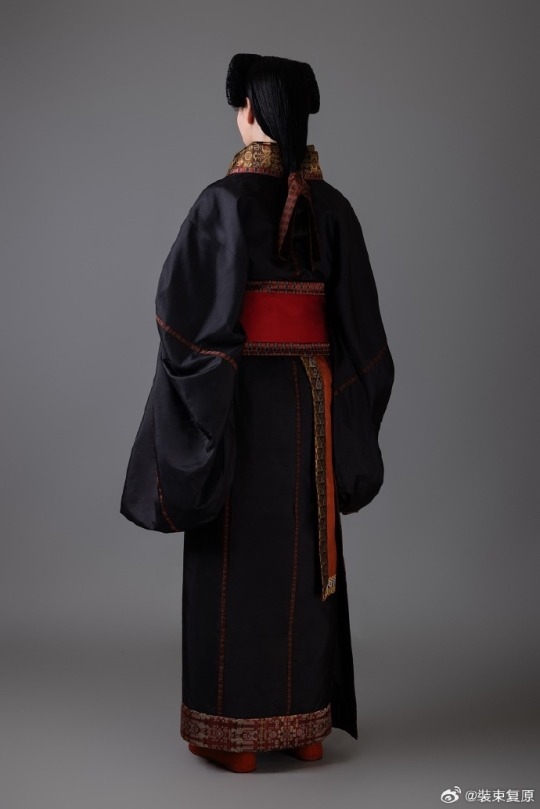
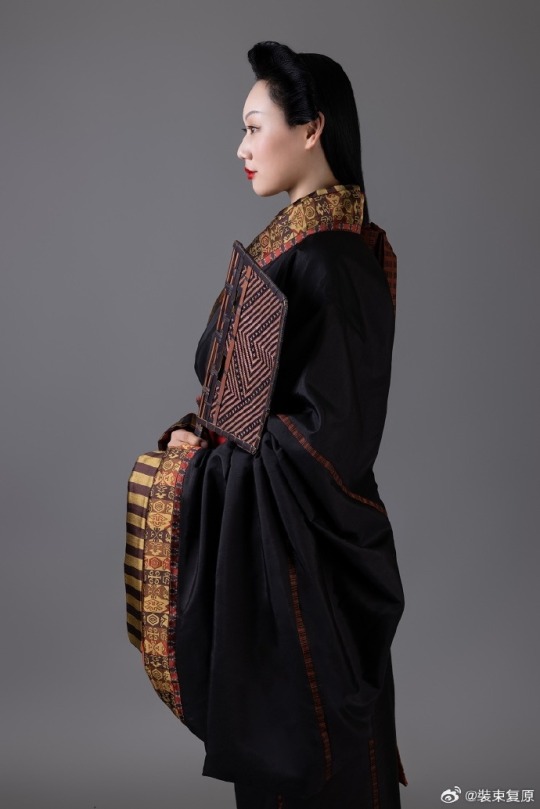
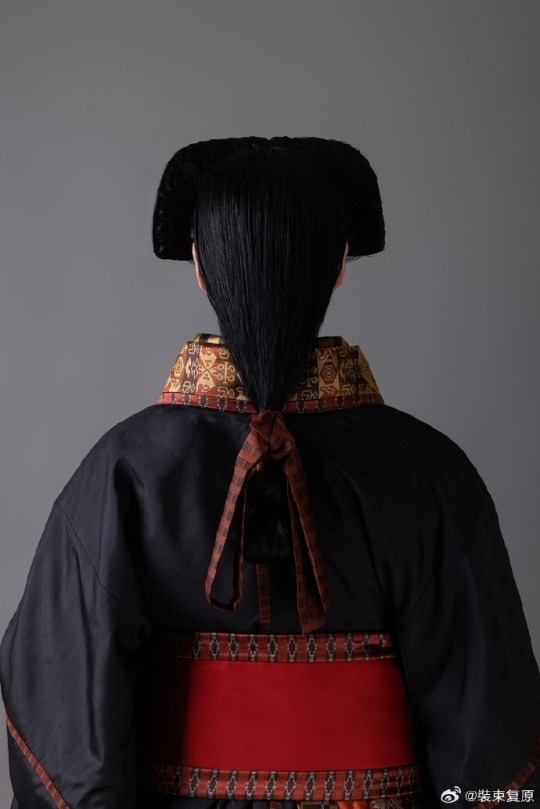
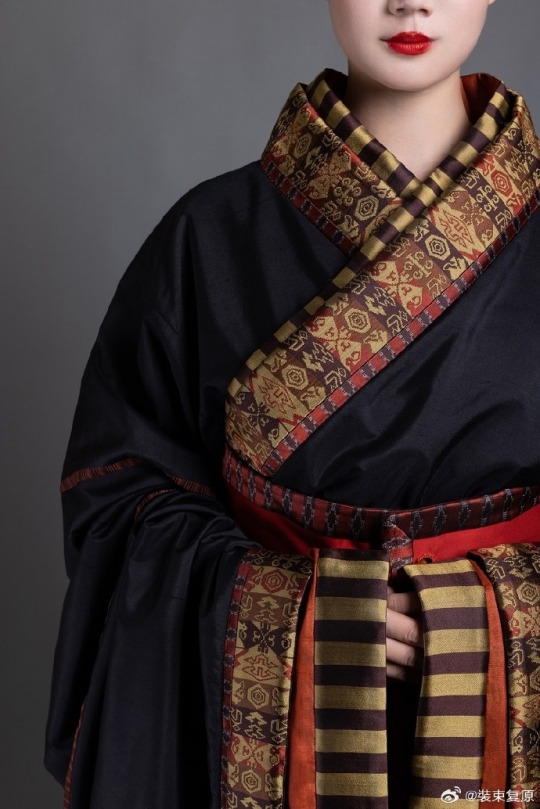
【Historical Artifact Reference】:
Lacquered wood figurines unearthed from Chu State Tomb in Shayang Tumbun Chu Tombs/沙洋塌冢楚墓出土漆俑

Collar cloth and robe unearthed from china Mashan Chu Tomb N19
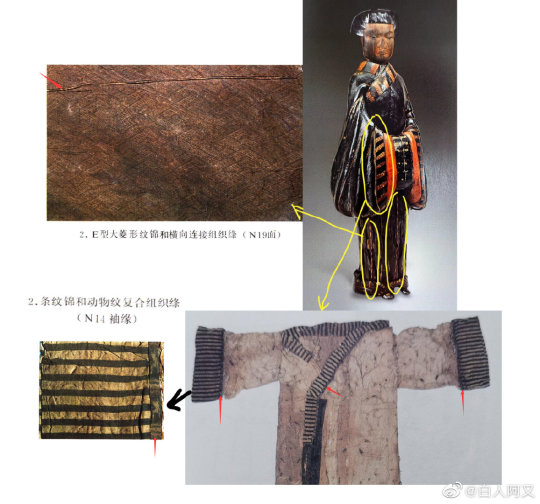
【Histoty Note】Warring States Period·Chu (state) Noble Women Fashion
Many people may wonder why this set of clothing and hairstyles are so similar to Japan, but the fact is this kind of clothing and hairstyle existed in China at least 1,000 years earlier than Japan.
During the China Warring States Period, it was popular for aristocratic men and women to wear robes.
Lacquered wood figurines and robe with similar images have been unearthed from the Shayang Tumbun Chu Tombs and the Chu Tombs at Mashan, many of which adopted the "three-dimensional structure" technique.
For example, a roughly rectangular piece is caulked at the intersection of the robe's sides, skirt sides and sleeve armpits. At the same time, the lower edge line of the top and the upper edge line of the lower skirt are incrementally extended, and then sewn into one body. It is called "Ming three-dimensional structure".
Its ingenuity is that while the outer contour of the garment remains unchanged, it effectively expands the inner space of the garment body, making it convenient for people to wrap the garment from the front to the back when wearing it, without damaging the original collar and garment forms.
The attire of aristocratic women from the Chu state in this set was restored based on the lacquered wooden figurines of the Chu tomb in Shayang. Their foreheads and temples hair are fluffy, and they have a hanging bun at the back of their heads. They wear robes that are connected up and down, and are decorated with brocade inlays at the seams.
The wearing method is the "layering method", two robes are stacked together in advance and then worn as a whole. This allows the collar edge of the lining to be show parallel to the collar edge of the outer garment, and a section of the lining to be show behind the lapel.The brocade edge is decorated with a wide belt and fixed with double belt hooks.
This "layered" wearing method shows the layers and details of Chu people's clothing, and can also show the graceful beauty of the body.
In addition, many creative clothing styles and fabric patterns emerged during the Spring and Autumn Period and the Warring States Period, bringing with them the unique atmosphere, mysterious imagination and ultimate romance of that era, becoming our inexhaustible source of art.
--------
Recreation Work by : @裝束复原 Weibo 🔗:https://weibo.com/1656910125/NhBx1oi5n
--------
#chinese hanfu#Warring States period(475–221 BC)#Chu(State)1030 BCE – 223 BCE#hanfu#hanfu accessories#hanfu_challenge#chinese traditional clothing#china#chinese#hanfu history#hanfu fashion#imperial china#chinese culture#chinese style#historical fashion#Hanfu From China#漢服#汉服#楚国
687 notes
·
View notes
Text



Medieval Chinese Armour ✦ Source: The MET
#sichuan#yunnan#chinese#china#imperial china#dali kingdom#1100s#1200s#twelfth century#thirteenth century#medieval#medieval period#middle ages#medieval china#medieval chinese fashion#chinese fashion#medieval armor#medieval armour#armor#armour#medieval warfare#public domain#met museum#12th century#13th century
10 notes
·
View notes
Text

Wanted to make this for the Year of the Snake, it's Yun Jou versus a Serperior!
#livealive#yun jou#yunjou#serperior#pokemon#pokemongo#pokemon black and white#crossover#year of the snake#snake#imperial china
9 notes
·
View notes
Text
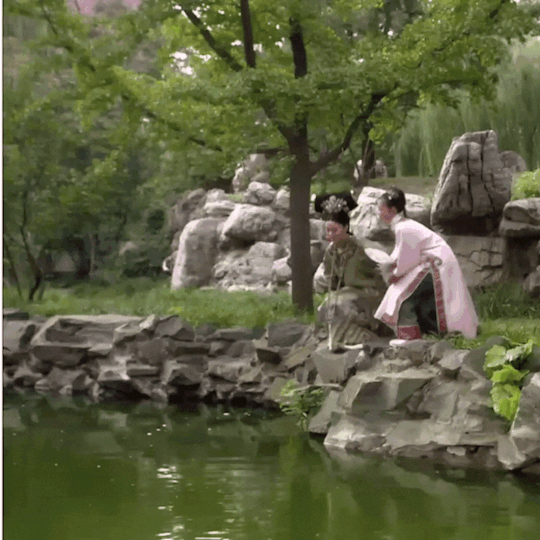





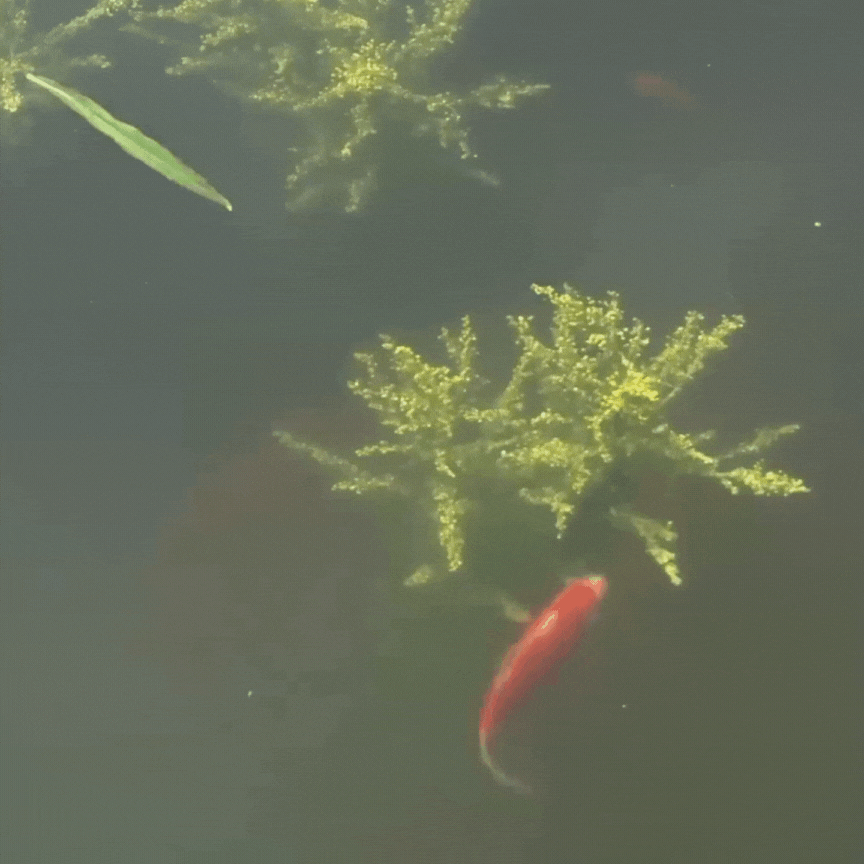
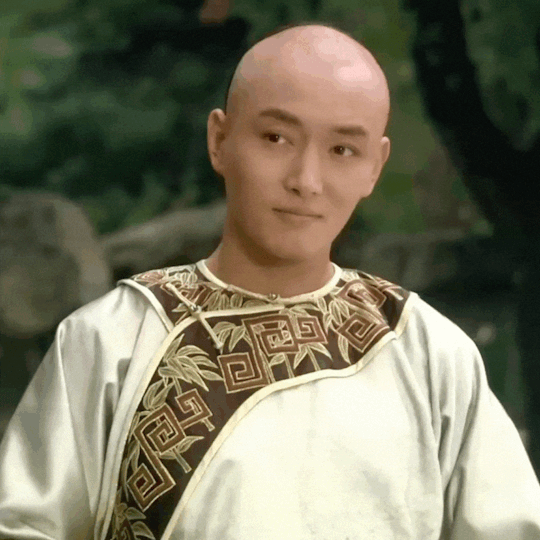
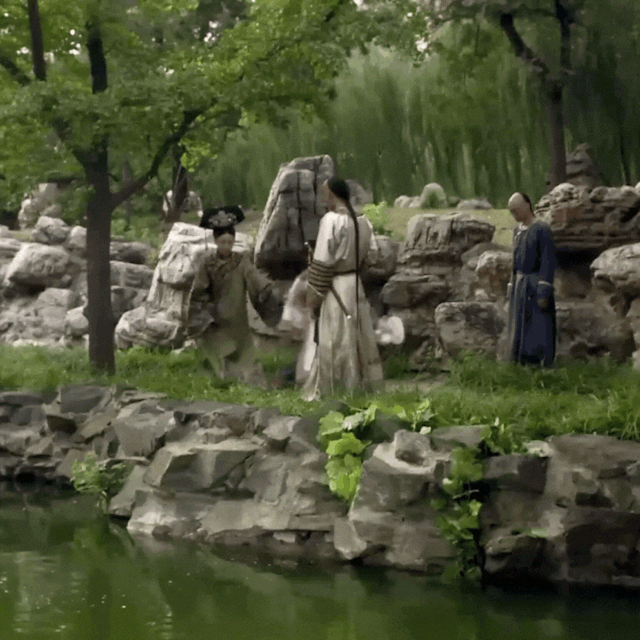

"if you aren't prince guo [...] who else would act in such an unruly manner within the palace?" | zhen huan meets aisingioro yunli | episode 13
#empresses in the palace#cdrama#historical cdrama#sun li#zhen huan#aisin gioro yunli#guo junwang#palace drama#imperial china#watchlist#甄嬛传
33 notes
·
View notes
Text
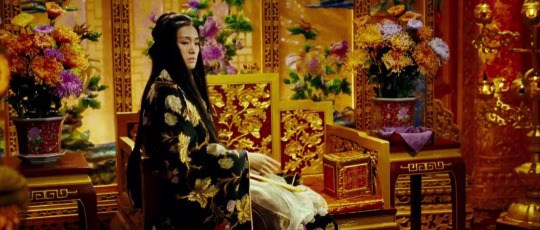
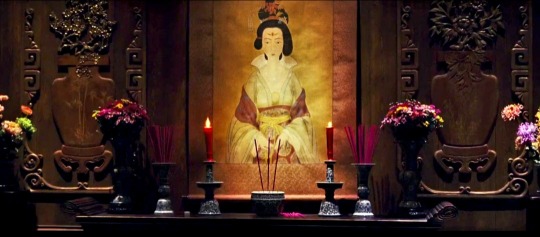
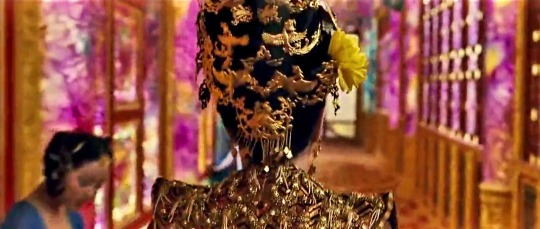


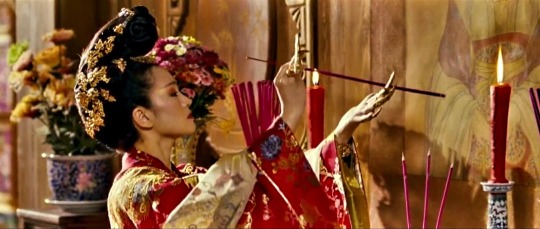
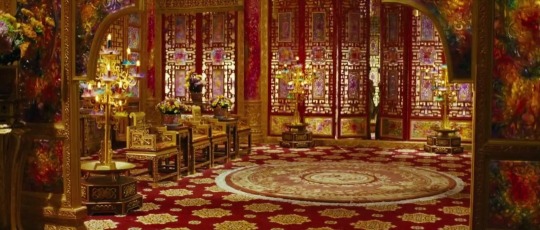

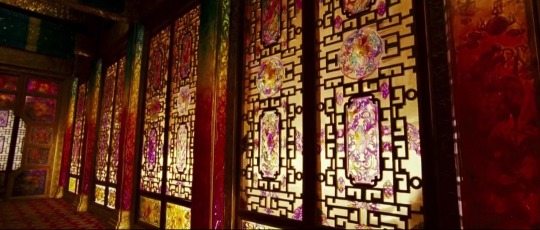
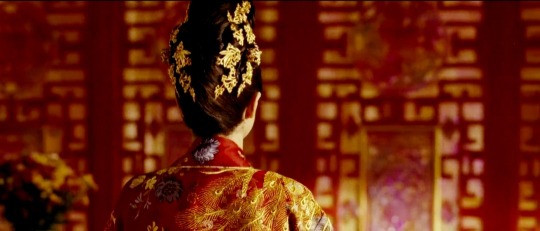
Curse of Golden Flower (2006)
#curse of the golden flower#filmedit#perioddramaedit#chinese movie#cmovie#zhang yimou#chinese costumes#chinese fashion#asian fashion#asian movie#chinese clothes#imperial china#gong li#ancient china#chinese costume#chinese clothing#asian women#asian costumes#royal palaces#chinese palace#the forbidden city#movie aesthetic#asian palace#asian costume#chinese women#chinese empress#my edit#wuxia movie#hairstyle#costumedit
160 notes
·
View notes
Text
I’m reading about this person named Ban Zhao who was an imperial advisor in Chinese court, among many other things, about 2000 years ago and she honestly reminds me of Dolores Dei, outside of the whole Innocence thing lol. Still cool stuff and I love these real life Disco references (and I wonder if she inspired the character?)
10 notes
·
View notes
Text

The Eight Nation Alliance during the Boxer Rebellion, 1900.
13 notes
·
View notes
Text




🦚 Jade | 玉 🦚
Jade was considered to be the "imperial gem" and “stone of heaven” symbolising prosperity, success, good luck, renewable, longevity and immortality.
Jade was being mined in China as early as 6000 BC. In Chinese culture and history, jade has a special significance comparable with that of gold in Europe.
74-year-old actress Liu Xiaoping is considered the “Jade Queen” in China, with a collection worth 10.2 billion yuan (140 million USD) of jade jewelry.

#china#chinese heritage#chinese culture#people’s republic of china#prc#chinese#dynastic China#imperial China#jewelry#crafts#Chinese crafts#🇨🇳#sino#Han Chinese#jade#Chinese jade#chinese history#chinese art#chinese fashion#Chinese mythology#Chinese jewelry#jewels#precious stones#stones#jewelry box
10 notes
·
View notes
Text

Title: Bamboo and Rocks Artist: Zheng Xie (Chinese, 1693-1766) Date: ca. 1760 (Qing Dynasty) Genre: bamboo painting Medium: hanging scroll (ink on paper) Dimensions: 172 cm (67.8 in) high x 99.4 cm (39.2 in) wide Location: Minneapolis Institute of Art
#art#art history#Zheng Xie#Asian art#China#Chinese art#Imperial China#East Asia#East Asian art#bamboo painting#calligraphy#Qing Dynasty#18th century art#hanging scroll#ink on paper#Minneapolis Institute of Art
108 notes
·
View notes
Text
[Hanfu · 漢服]Chinese Tang Dynasty(618-907A.D)Woman Officer Hanfu Refer to Tang Dynasty Stone Coffin Line Carving

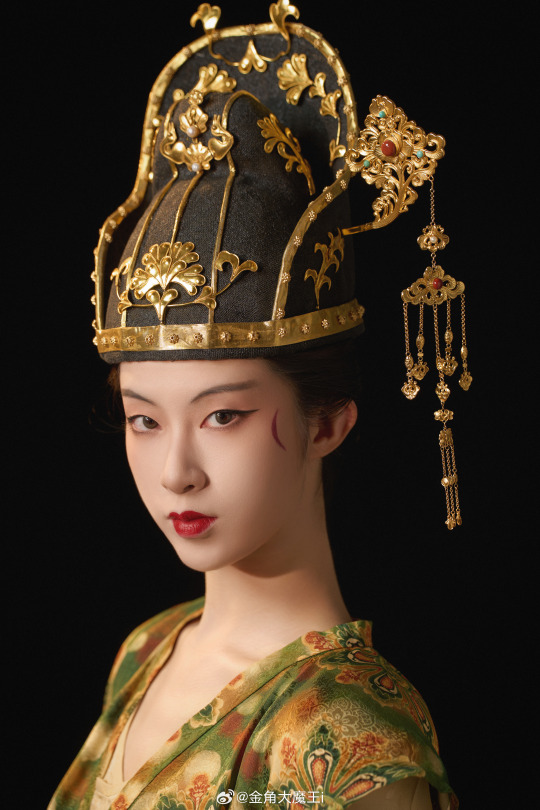

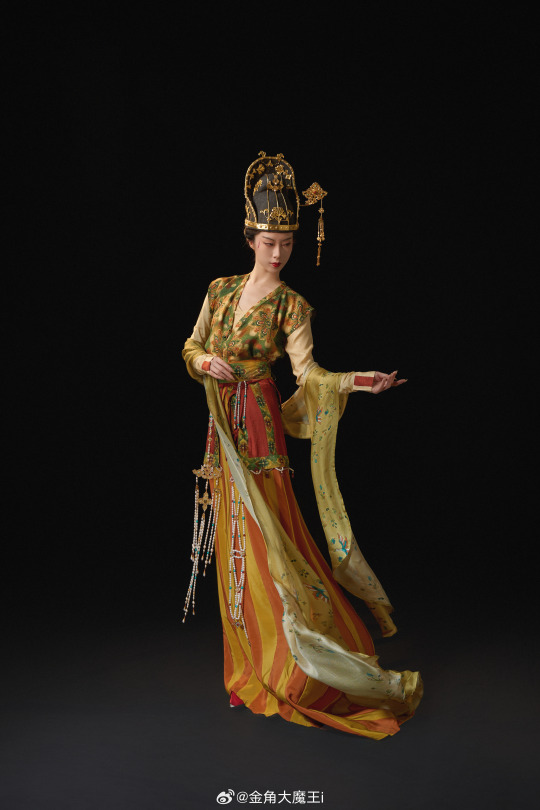
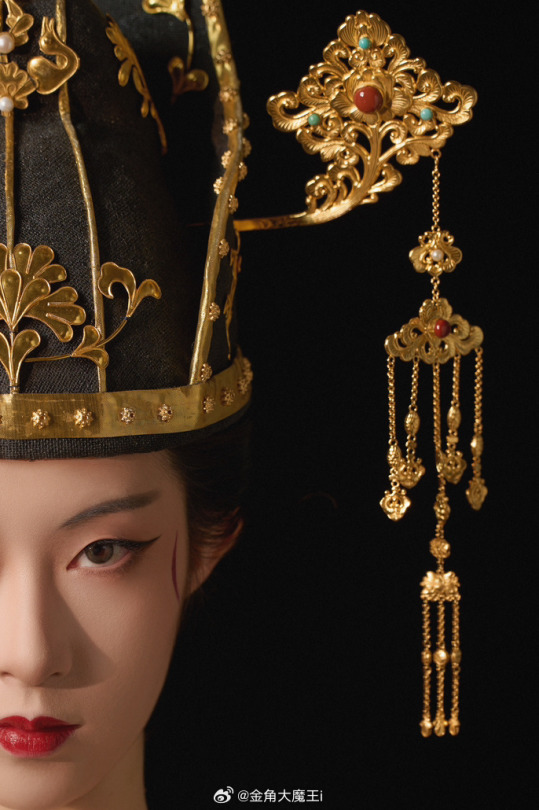
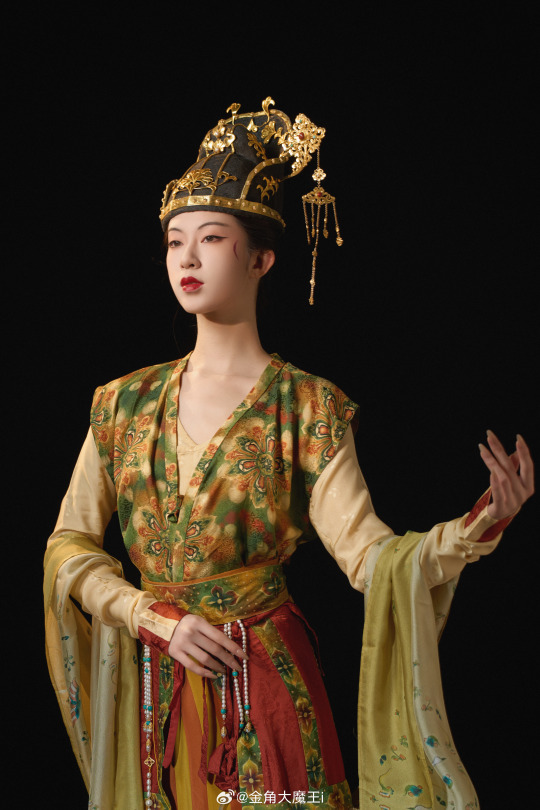

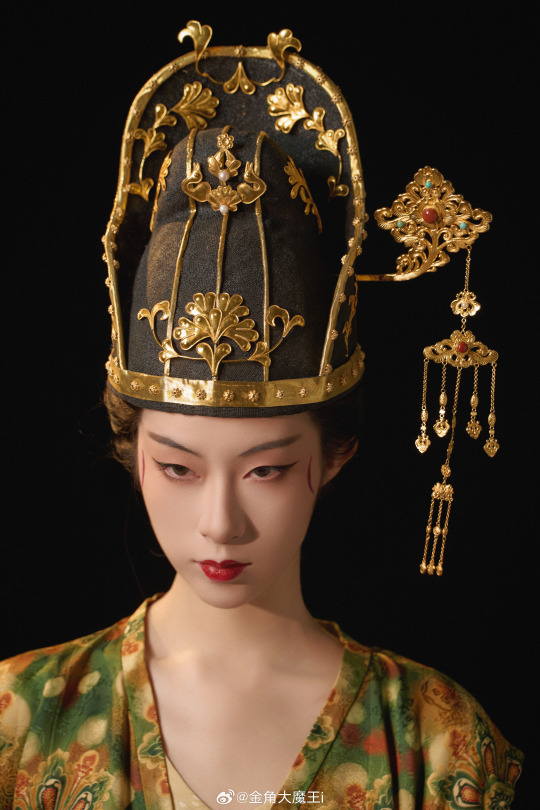
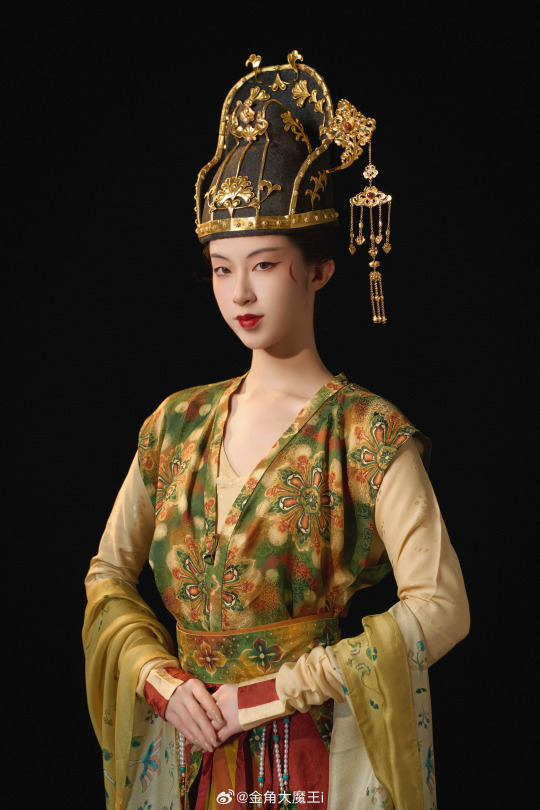
【Historical Artifacts Reference 】:
China Tang Dynasty Tomb of Wei Shiqiniang's Stone Coffin Line Carving/韦十七娘石椁线刻
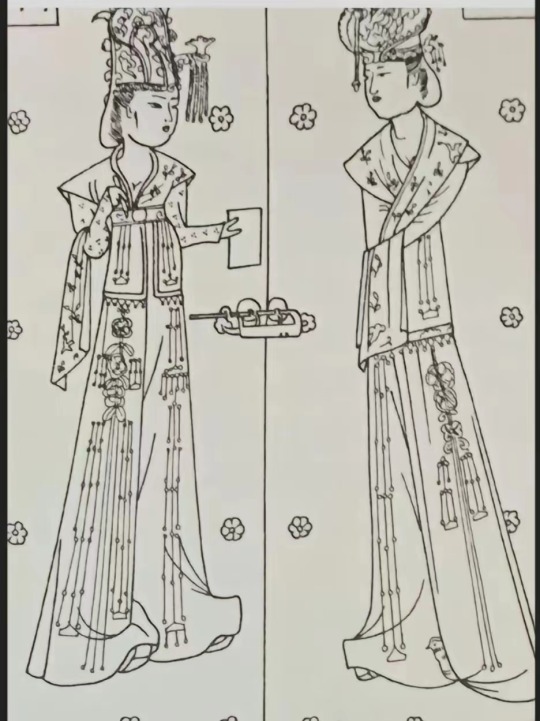
Showing Tang Dynasty Woman Officer In WuZetian (690–705)period
武周女官
————————
📸Recreation Work: @金角大魔王i
👗Hanfu: @山涧服饰
🔗Weibo:https://weibo.com/1763668330/NDuAoFtZz
————————
#chinese hanfu#Tang Dynasty(618-907A.D)#hanfu#hanfu accessories#hanfu_challenge#chinese traditional clothing#china#chinese#hanfu history#Woman Officer#武周女官#漢服#汉服#chinese historical makeup#chinese historical fashion#chinese history#ancient china#imperial china
364 notes
·
View notes
Text
Rip Sun Tzu you would’ve loved to be a podcast bro
#I’m so sorry#as I’m reading his art of war it’s the only thing I can think about 😭#sun tzu#the art of war#imperial china#military tactics#podcast#podcast bros#classics#classic lit memes#classic literature
4 notes
·
View notes
Text
Wu Zetian
Wu Zetian, the first and only female ruler of Imperial China, lived a life marked by ambition as well as controversy. Born into a wealthy family in 624 CE, Wu was encouraged by her father to pursue education, an uncommon privilege for girls in ancient China. Selected as a concubine for Emperor Taizong at age 14, Wu's intellect and charm quickly captured the emperor's attention, leading to her elevation to the position of secretary. Her rise to power was gradual yet strategic. Despite being sent to a convent after Taizong's death, Wu's affair with Taizong's son, Gaozong, secured her return to court as his empress consort. With Gaozong's declining health, Wu's influence grew, and she effectively ruled as the power behind the throne, manoeuvring court politics to eliminate rivals and solidify her position. Wu's reign was marked by significant reforms and achievements. She restructured the government, reduced bureaucracy, and implemented policies to improve agriculture, education, and military efficiency. However, her later years saw a decline in her hold on power, characterised by paranoia, scandalous affairs with young lovers, and purges within her administration. In 704 CE, Wu was forced to abdicate in favour of her son Zhongzong due to mounting discontent among court officials. After her death in 705 CE, real power shifted to Empress Wei, who played a role in influencing Zhongzong and the court. Despite controversy surrounding her reign, Wu's legacy endures. Modern historians acknowledge her as a visionary leader whose reforms laid the groundwork for China's prosperity under Emperor Xuanzong. While remembered for her supposed crimes, including the rumoured murder of her daughter, Wu's impact on Chinese history remains profound, inspiring continued fascination and debate about her rule and legacy. She ruled during the Tang Dynasty and establishing her own Zhou Dynasty, leaving an indelible mark on the history of China.
I also highly suggest watching the series on YouTube by Extra History
youtube
this is the link for part 1 ^
#wu zetian#chinese empress#chinese history#tang dynasty#zhou dynasty#imperial china#empress#women in history#women throughout history#Youtube
17 notes
·
View notes
Note
Just remembered a tweet back in january this year, where a guy, with hundreds of people agreeing, said while America has bombed "almost every country on the planet", China in 5000 year has "NEVER invaded anyone". Not PRC, the country of China, the one with the Emperor, was the one place in 5 milenias to literally never, ever invade another. Just... Everything. Everything they've said about twitter being the new tumblr is 100% true.
Who said that? I 100% believe that somebody did spread this nonsense, I just odn't know the specifics.
I've noticed a LOT of Zoomer leftists are parroting PRC talking points recently, maye there is something to the danger of TIkTok, because if people are talking about IMPERIAL China pretending it didn't invade anything...do people know how Empires become big in the first place?
4 notes
·
View notes